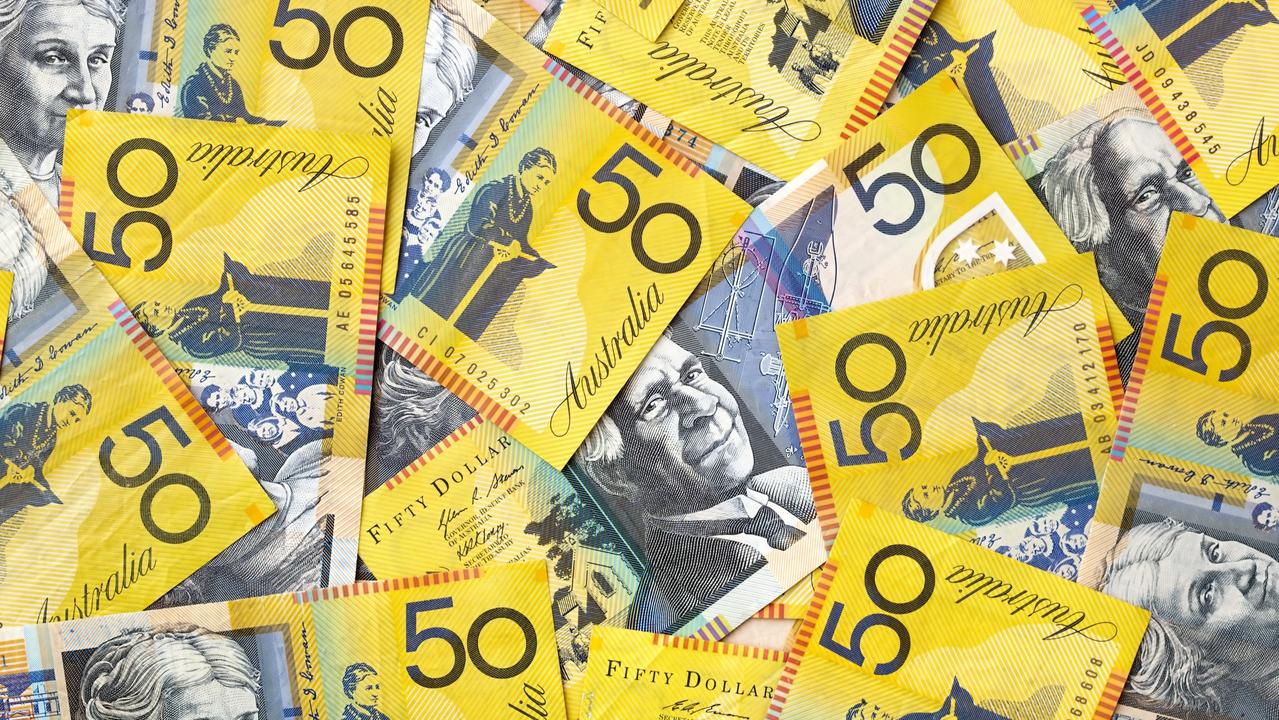How much money all Aussies need in savings to be able to support themselves
For millions of Aussies, if something goes wrong they don’t have any money to fall back, new research has found. Find out how to build up your bank balance.

Aussies need at least $12,000 in emergency savings, yet millions have no safety net, new research has found.
Alarmingly, one-in-five Aussies don’t have any emergency savings, while a further 31 per cent don’t have enough savings to cover just one month of living expenses if something goes wrong.
Only a third of Australians have enough funds to last them more than six months if they were to lose their jobs today, revealed the research from comparison website Finder.
Kate Browne, personal finance expert at Finder, said millions of households have no emergency savings to fall back on.
“Despite everything that has happened over the past year, one-in-five people still don’t have any emergency savings safety net,” she said.
“That lack of emergency funds leaves people unprepared with very little to fall back on.”
It’s recommended you have at least three months’ worth of living expenses in an emergency fund, with at least $12,000 in the bank for a rainy day, according to Ms Browne.
She said if people’s total monthly outgoings – including rent or mortgage payments – are $4000, you should start by aiming to have at least $12,000 set aside.
“The more you can save the better,” she noted.
RELATED: How Macca’s worker saved $34k in months

But Moneysmart recommends an even bigger sum of cash in the bank. It found the average Australian household spent $74,301 on general household living costs in 2016, which means you need around $18,575 in your three-month emergency fund.
Finder’s research was backed by a recent report from ME Bank too, which found around 20 per cent of households have less than $1000 in savings.
Of those households, only 3 per cent reported they could maintain their current lifestyle for more than six months if they lost their incomes, and only 4 per cent for more than three months.
Find the best interest rate
Ms Browne urged savers to seek out a decent interest rate to maximise the returns on their savings.
“It’s a good time for consumers to think about their financial goals for the next 12 months and to make sure that their savings are working as hard as possible for them,” she said.
One-in-three Australians are concerned about the interest rate on their savings account, highlighting the impact of low rates, research from financial company MLC last month found.
This was particularly evident among Australians aged 55 to 79 as they prepare for retirement or rely on passive income to fund their retirement lifestyle.
Yet, on average Baby Boomers could survive off their savings and sick leave for 18 months, compared to just 3.5 months for Gen Z, the Finder research found.
Women were more than twice as likely as men to be unable to sustain themselves at all, the Finder survey showed.
The MLC report found 31 per cent of Aussie’s biggest financial regret is not putting aside more savings.
This concern was more pronounced among Australian women, with 36 per cent saying not setting aside more savings was their biggest financial regret, compared with 26 per cent of men.
RELATED: Woman’s money mistakes on way to $350k

Financial advice
The most common source of financial information and guidance is friends and relatives, with 42 per cent of respondents to the MLC survey seeking their input, followed by financial websites and financial advisers and planners.
Social media and forums are growing as a source of financial information and guidance among young Australians, with 13 per cent aged between 18 and 34 regularly using platforms such as TikTok, Facebook and Instagram as a financial resource.
Additionally, 4 per cent of Australians aged between 18 and 34 list social media as their most trusted source of financial information and guidance, MLC found.
Tim Steele, group executive of retirement and investment solutions at MLC Wealth, said while it was great to see so many Australians undertaking research before making financial decisions, Aussies needed to be careful about where it came from.
“Interestingly our survey indicated that those who see a financial adviser are feeling more financially confident and have better savings habits. Of those who had never had a financial adviser, only around half feel in control of their finances,” he said.
“While for Australians who have an adviser, eight-in-10 feel in control of their finances and 40 per cent are saving more than they did a year ago, compared to 24 per cent of Australians who have never used an adviser.”

How to build an emergency fund
Many situations could require an emergency savings fund such as redundancy, a pet needing expensive surgery, emergency dental surgery, a car accident with a costly repair bill and an unexpected large medical expense. Find out how to get that pot of money going.
1. Work how much money you need to save. Specific goals are easier to achieve, so work out a figure and write it somewhere you’ll see often to keep on track.
Six months worth of living expenses is ideal, according to Finder, but aim for three months to start off with. Calculate this by working out your monthly living expenses, including rent or mortgage, food and bills.
2. Break down your savings goal into a monthly target to make it more achievable and less daunting. Take a look at your transactions for the last few months and what you’re spending on living expenses and find opportunities to cut back.
3. Set up a separate account for your emergency savings fund. Keeping it in a different account will help prevent you from dipping into it for things that aren’t urgent. However, it’s not a good idea to use a term deposit as you’d likely lose any interest earned if you had to access the funds suddenly.
4. Track your progress. After a month, if you’re finding it hard to meet your monthly savings goal, you’ve set it too high and will need to adjust it. If it’s too easy, and you find you have plenty of money spare for things like eating out and retail shopping, then you can increase how much you put in and meet your goal even sooner.




